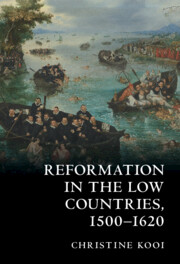This article was first conceived as a commemorative address for the centenary of the extinction of the Habsburg monarchy, which occurred in November 1918. It seeks to take a correspondingly broad view, geographically and chronologically, of the factors that occasioned that collapse. It addresses three main themes, structured loosely around three classic historiographical analyses of the monarchy as a whole. The great irony of the last phase of Habsburg rule in Central Europe is that it was undermined by precisely those elements in the politics and society of the region that seemed, on the face of things, to derive most advantage from it. The article concentrates on the long-term dysfunctionality caused by the evolution of the Hungarian and German problems, and by the progressive enfeeblement of dynastic institutions. It also engages more briefly with a countervailing phenomenon, that some of those interests most conspicuously spurned by central government might have been the readiest to rescue it. On the argument presented here, World War I, which finally brought the monarchy low, was a catalyst rather than an independent determiner of that outcome.
